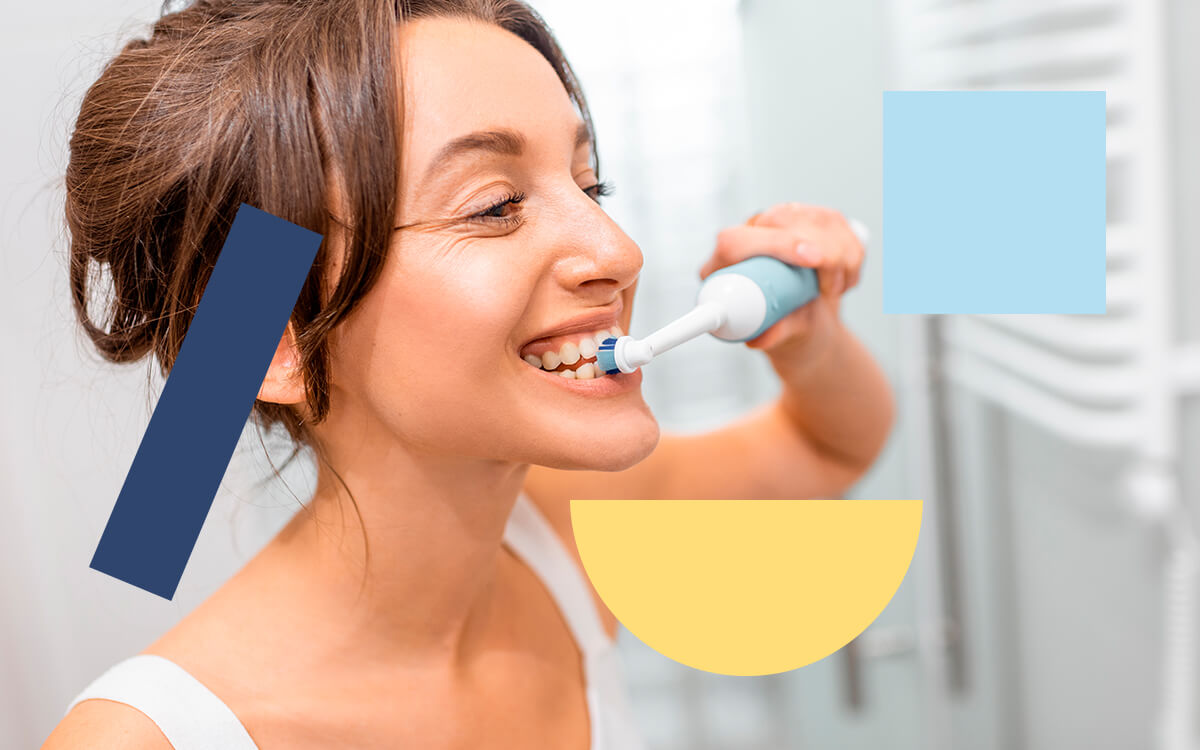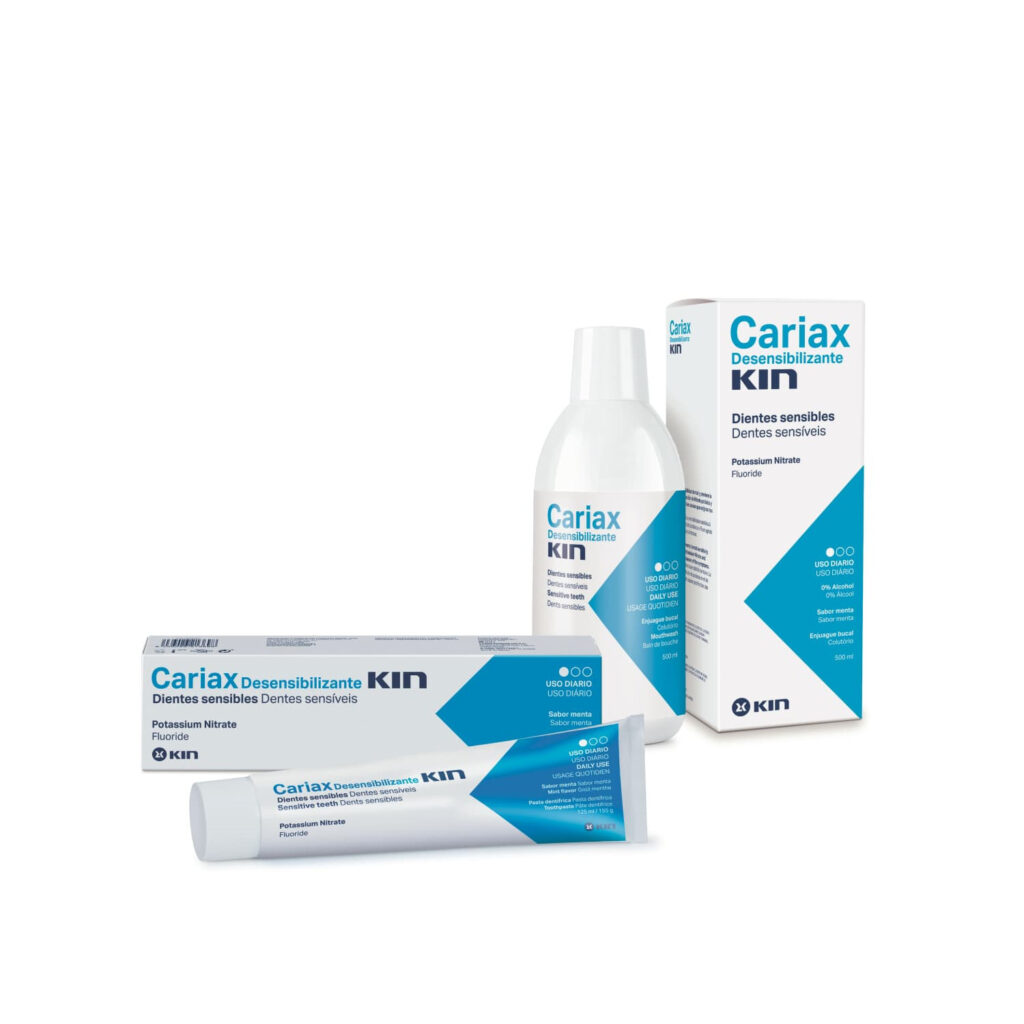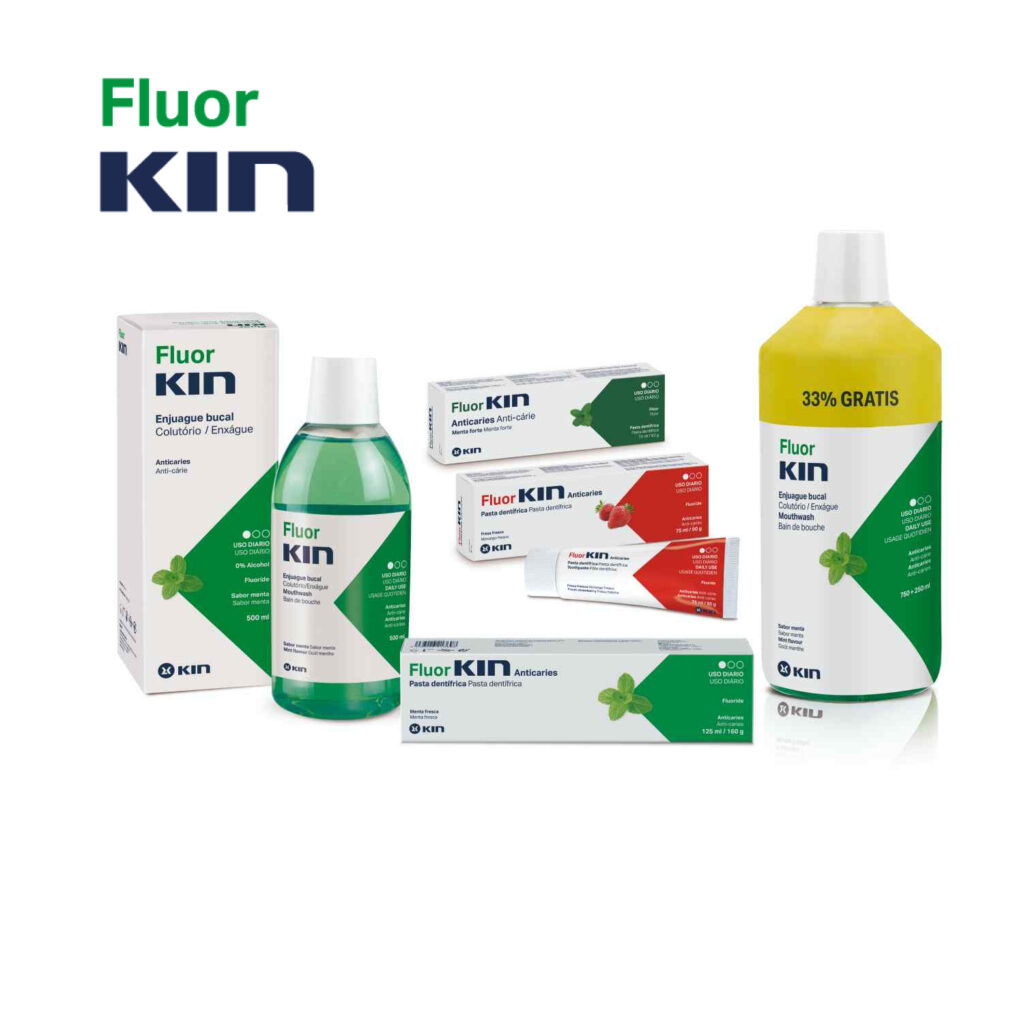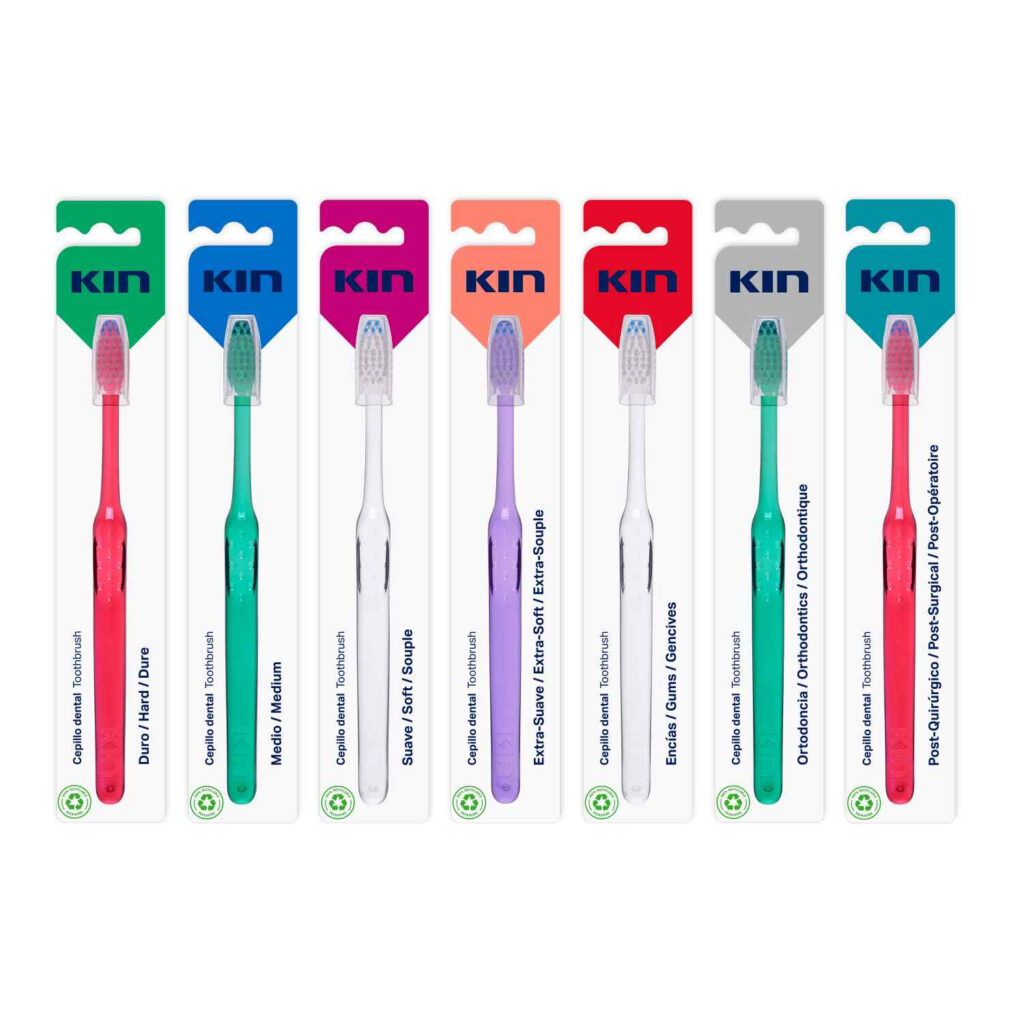Body piercings are part of the traditional culture of many countries. One of the most common piercings are oral piercings, mainly on the tongue and lips. However, this fashion that so many young people follow today could have adverse effects on oral health. Do you know what they are?
Before taking such an important step, as is the placement of tongue piercing or other types of piercing in cheeks, lips or inside the oral cavity, it is necessary to familiarize yourself with the care and Find the best products for the care of your oral health among the KIN range. KIN rangeFind the best products for your oral health care among the best oral piercings. Find out how to maximize hygiene and care measures as recommended by oral health experts.
Oral piercing, what are they?
Oral piercings have become in recent years the most demanded perforations by young people. They consist in the placement of fashionable decorative elements, perforating the tissue around the mouth or inside it.
This kind of decoration is not new. Like tattoos, piercings and other body piercings have been part of many cultures and ethnic groups over the centuries. However, the greatest boom among young people has occurred in recent years.
What is your most frequent location?
According to the ICOEV (Official College of Dentists and Stomatologists of Valencia), the most common locations for oral piercings are the tongue and lips. In addition to these locations, more and more young people and teenagers are turning to new piercing designs on their teeth, cheeks, frenulum and gums, as well as on the uvula or bell.
Depending on your location, the oral health complications of piercings could be very different. They can manifest themselves from the very moment the accessory is placed, or derive from poor healing or use.
Placement of a foreign body in the oral cavity, especially if it is in direct contact with a delicate area, could lead to a high risk of infection, as well as other complications in the teeth, gums, tongue and other soft tissues.
Common complications of oral piercings
Numerous scientific studies have analysed the risks involved in getting a mouth piercing. The general recommendation is not to have this type of aesthetic intervention, as it is associated with multiple complications that could cause serious oral damage.
Among the main complications associated to the different types of oral piercings, the following stand out:
Pain
Pain after the placement of the piercing is the first symptom that the patient can detect. It can be temporary, or it can last for days, increasing in intensity in the case of some complication.
Inflammation
In the vast majority of cases, oral and other types of piercings are accompanied by tissue inflammation. This usually lasts from 3 to 4 days if there is no infection that can prolong the period of inflammation.
Bleeding
Tongue piercings are more prone to bleeding after piercing. The piercing itself should compress the wound, but if the wound does not heal properly, if a blood vessel has been punctured by mistake, or if there has been a tear in the tissue, bleeding may be more likely.
Infection
Infections are frequent in the application of oral piercings. Some studies certify that about 20% of piercings could trigger some kind of infection. The mouth contains a large amount of bacteria, and due to the damp conditions, if basic hygienic conditions are not present, the risk of infection could be high.
Allergy
Today, the materials used in piercing jewelry are hypoallergenic. However, some materials such as silicone or metals could trigger allergy problems which could lead to immediate removal of the piercing.
Gum regression
It can be derived by placing the piercing in an area that maintains direct contact with the gum, such as lip and tongue piercing. Since it is in close relationship with the gingival tissue and because of the continuous friction generated by the natural movements of the mouth when speaking and eating, it is possible that a localized recession of the gum occurs. There are scientific studies that demonstrate the relationship between the use of piercing and these lesions.
Sialorrhea
Increased saliva production, or sialorrhea, is a secondary complication arising from the placement of a foreign object in the mouth. This usually diminishes with the passing of days, although it may become a nuisance when speaking. Maintain a healthy mouth with daily care routines.
Discover our products for daily oral care

Breakage of the dental enamel
The constant impact of the metal piece on the teeth causes small fractures that are imperceptible at first. Nibbling on the jewelry, or placing a piercing on the upper or lower lip, gradually damages the enamel, increasing the risk of caries and deterioration of the teeth.
Diastems
Another of the complications of lip piercings is the appearance of diastemata or bad dental positions. The mere pressure of the piercing on the teeth, and taking as a habit to play with the metal piece, moves the teeth changing their position gradually.
Difficulty speaking or swallowing
Although most of the complications related to speech or swallowing go away within days after the placement of the piercing, in some cases it could definitely affect pronunciation and chewing.
In addition to these complications related to oral piercings, there are many others that could appear, particularly those related to a bad placement of the piece or wound healing.
Care and maintenance after a piercing
Introducing a foreign object into the mouth that will be in permanent contact with the teeth and gums carries an extra responsibility. The Colegio de Higienistas de Madrid recommends that you go to a place that is registered and controlled by the health authorities, to ensure good practice with the correct hygienic measures.
Along with this indication, the General Council of Dentists makes a series of recommendations for the care and maintenance of a piercing:
- Take care of the hygiene of the piercing every day, keeping the wound clean and making the cleaning around the jewelry extreme.
- Brush your teeth at least twice a day, flossing daily.
- Perform daily rinses with an antisepticMouthwash
- Periodically check the correct placement of the piercing screw, to prevent it from loosening, with the consequent risk of suffocation.
- Have a regular check-up at the dentist.
- See your doctor or dentist quickly if you notice symptoms of infection or allergy.
Find the best products for your oral health care among the KIN rangeThe patient has to wear oral piercings in a very hygienic way.
You may be interested in - Causes and solutions for receding gums - –


 What to consider when choosing the best electric toothbrush?
What to consider when choosing the best electric toothbrush? How to relieve pain with newly placed braces?
How to relieve pain with newly placed braces? How to keep your breath fresh?
How to keep your breath fresh?





